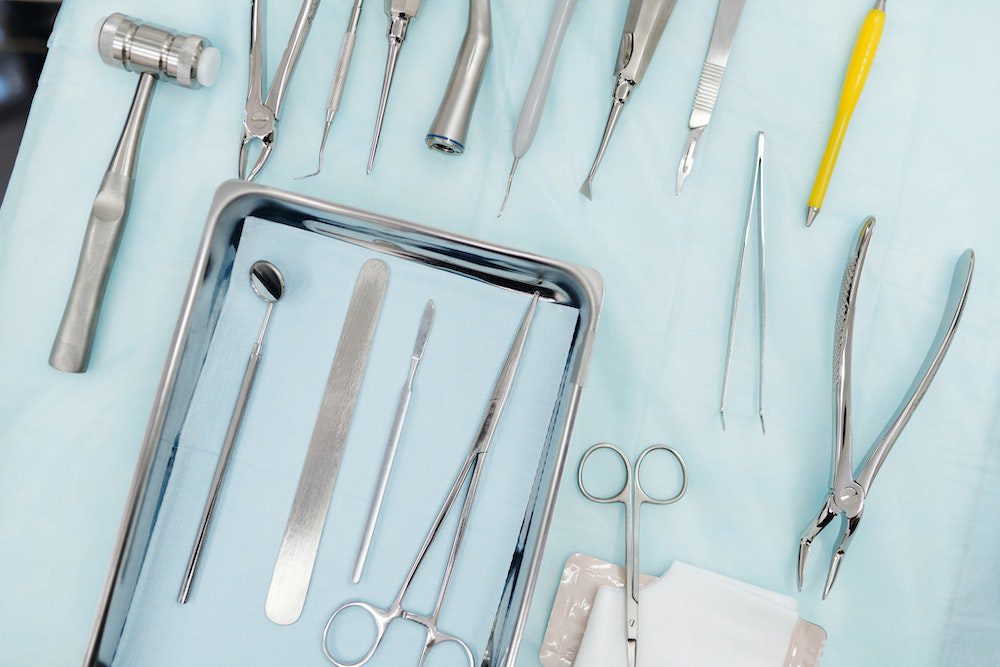
Top Surgery Aftercare Checklist
Top surgery is a massive and important milestone for many transgender individuals who are transitioning. Whether your goal is to remove breast tissue and appear more masculine or whether you are looking for breast implants so that you can appear more feminine, your top surgery will likely be very important to you as the appearance of your chest is a focal point for any transgender patient.
Top Surgery Recovery Process
Top surgery recovery usually takes from 6 to 8 weeks and involves detailed post-op instructions. Usually, there are distinct stages to recovery that can be tracked fairly accurately. However, it is essential to remember that each individual is different, so the experience is not universal. Your chest could end up healing faster or slower than you expected and that is still okay. Everyone’s body is different and there will be some factors playing their part behind the scenes.
Dressings
The surgical dressings will differ depending on whether you are transitioning to a more masculine or more feminine-looking chest. Although mostly there is a fair bit of gauze pads and cloth tape involved and it can sometimes look quite bulky, all of this is usually just to help your body adjust to the new shape.
- For a more masculine look, the dressing will involve a compression binder 0r a compression vest to help keep the shape and minimize swelling as much as possible.
- For a more feminine look, the dressing will involve a surgical bra which functions as a compression binder but is larger and allows for the contour of a full breast. This helps to keep implants in place during the healing process.
Dressings are usually not removed until your first post-operative follow-up appointment. In the meantime, you will need to keep the dressings clean and dry until the surgeon can remove them during that first follow up appointment.
Important note on taking a Shower:
Until your first post-operative appointment, you will not be allowed to shower. You will also most likely have drains in place to remove extra fluid from your incisions.
Level of Activity
Following surgery, you will need to greatly limit your physical activity. It is important not to strain your body while it is healing, and not adhering to movement restrictions following surgery on your chest results in more scarring both visible on the skin and buried beneath the skin.
You will be able to resume regular walking at a reasonable pace long before you will be able to lift your arms above your head again. This is another reason why it might be helpful to have a friend or family member stay with you, especially during the first few days following the procedure, but even beyond that.
Recovery Time
Recovery time following this surgery is not guaranteed and will depend on factors such as your age or any postoperative complications. However, there is a general timeline that you can expect. We have tried to divide it by week, for the most part.
First Week After Plastic Surgery
The first week of recovering is often the most painful and you will require the most help during this time. Your movement will be very restricted, you will not be able to shower, you will need to sleep on your back, and you will have surgical drains in your body. Drains need to be emptied regularly and someone needs to keep a close eye open for any signs of infection or bleeding that might be the result of a complication.
It is advised that you keep movement to a minimum overall. Sponge baths or baby wipes can be a good way to keep yourself clean, but you will need help with a sponge bath. You will not be able to remove your own bandages unless a doctor tells you to do so for some unexpected reason.
If you are at a higher risk of high blood pressure or thrombosis it might be a good idea to wear compression socks.
Additionally, it is also important to follow a healthy diet two weeks before and after top surgery. In most cases, your surgical team would advise you to follow a low sodium diet, especially as your chest heals.
2 to 3 Weeks After Surgery
This is when you will start to feel better and the healing process will be more evident. You will be able to walk around more but will need to pace yourself. Movement is still restricted but your postoperative appointment (first post-op appointment) will take place just before this so you will be able to shower.
It is also likely that you will go through drain removal from the surgical site, which will improve your comfort level even more. No strenuous activity is allowed yet, but you can return to work if you have a desk job.
4 to 5 Weeks After Surgery
You will be feeling much better by now, but do not overexert yourself yet. You still won’t be able to lift your arms very high. Lifting them will not only cause pain but does increase scarring beneath the skin.
This is also around the time when you will start scar treatments. Your surgeon might suggest scar reduction massage and you can start to use creams to reduce visible scarring.
6 to 8 Weeks After Surgery
You are practically back to normal. There might be some restrictions still in place, but that will depend on your surgeon. The only movement restriction still in place is that you cannot lift your elbows above your shoulders. This restriction is likely to remain in place up to three months after the initial surgery.
Right After Surgery
As with any major surgery, you can expect a certain level of discomfort associated with top surgery. The first few days after the procedure are often the worst, and things start improving rapidly once the surgical drains are removed.
There are some steps that you can take to minimize pain and feeling uncomfortable. Slip-on shoes and a zip-up hoodie or button-up shirts are good for movement restrictions. Ginger tea can help ease nausea associated with recovery from anesthesia. A cold compress or ice packs are also good for fighting off fevers and reducing swelling. If you don’t have an ice pack, you can use a bag of frozen peas to reduce swelling and help manage chest pain.
Medications
The surgeon is likely to prescribe some pain management medications that you will need to take for a while following chest surgery (FTM Top Surgery). They are likely to be fairly standard stuff for a patient healing from major surgery. Antibiotics, anti-inflammatory meds, and pain relievers are common and can be extremely helpful.
What we do need to talk about is less related to the surgery itself and more related to your overall wellbeing. It is a good idea to discuss post-op pain relief with your surgeon carefully.
Pain relief is very important and can greatly help to reduce your stress levels following the procedure, but you also want to ensure that you do not end up developing a dependency on the medications prescribed.
It might be the first time that you are taking opioids and it is extremely easy to innocently become dependent on them. This can drastically impact the rest of your life and it is important that you discuss these risks with your surgeon. However, there is definitely a way to take them responsibly in a manner that will aid your recovery.
Complications
While we never want surgical complications to happen, we need to admit that they do sometimes happen. And it can really help our recovery if you are prepared for any complications related to top surgery.
Common signs of complication are excessive pain, bleeding, swelling, or redness around the incision site. If you notice anything like that or if you develop a fever it is important to contact your surgeon or other healthcare providers urgently.
Blood Clots
This is probably the most serious complication that you could face following major surgery. It is considered a medical emergency and requires immediate intervention. It can lead to lifelong disability or even death if not treated immediately.
Mental Health
Many people are extremely happy and relieved for some time following their top surgery. It is a significant milestone and has been a long time coming. However, that still holds its own risks. Feelings of depression are also common following major surgical procedures and especially with such a major milestone patients are likely to feel directionless after the fact.
It is also common for patients to feel as if this surgery will solve a great many, if not all, of their problems, which is often not the case. This can cause a significant crash in the mood. The recovery time is also fairly lengthy and can be uncomfortable at times.
All of these things tend to contribute to a mood crash following top surgery. Knowing the risk of this might help significantly in preparing for it. Remember that if this does happen to you, please reach out to a mental health care professional, or friends or family members who can support you through it.



